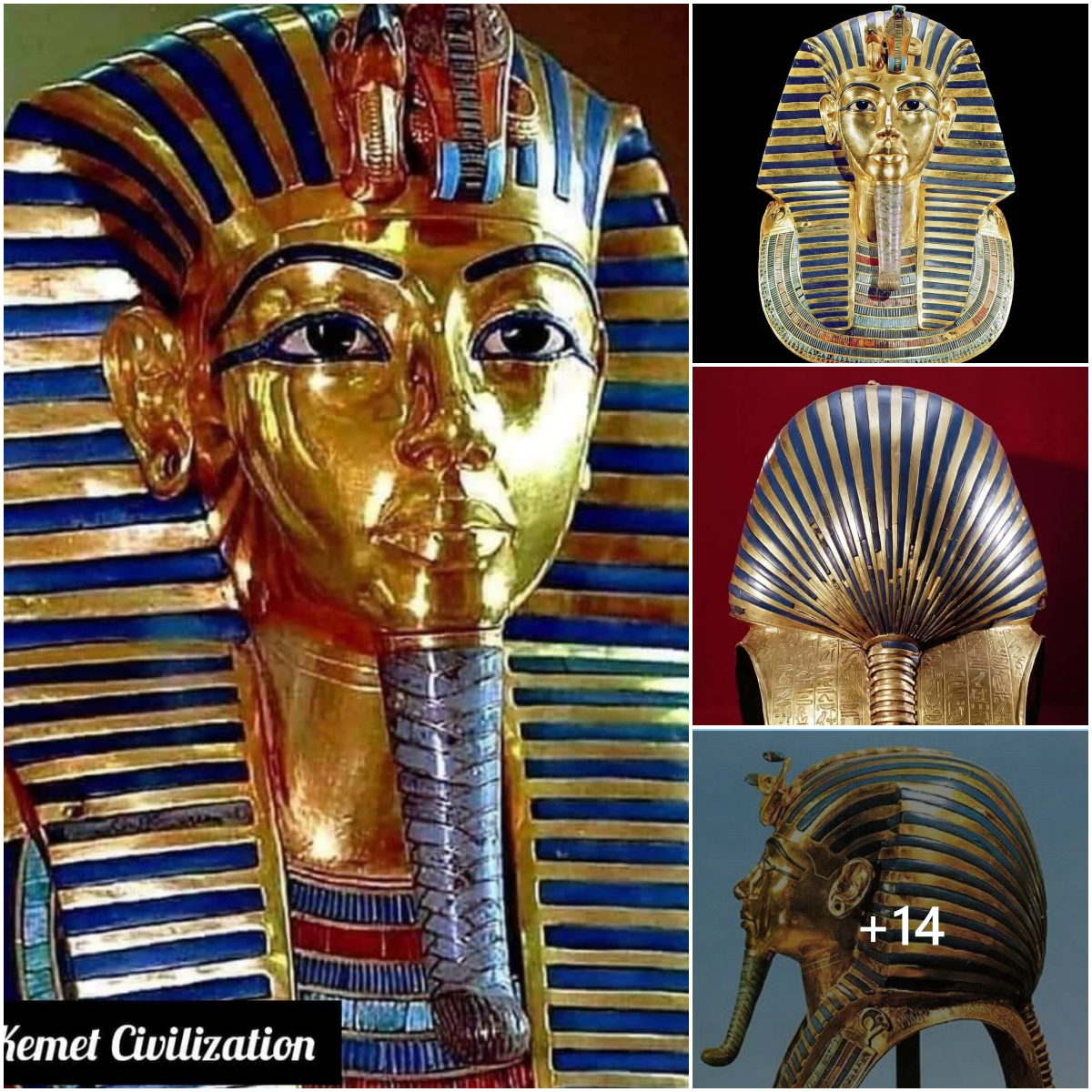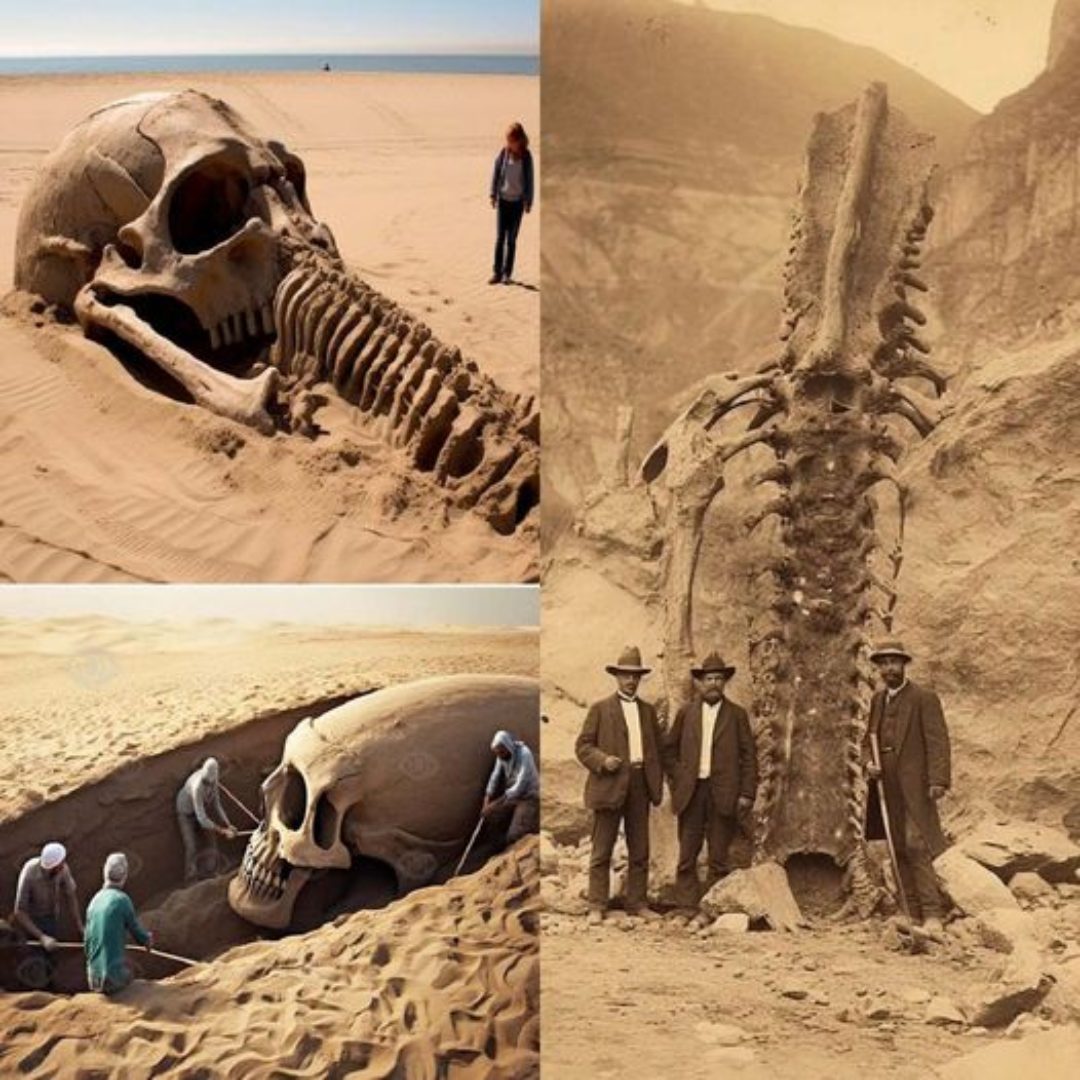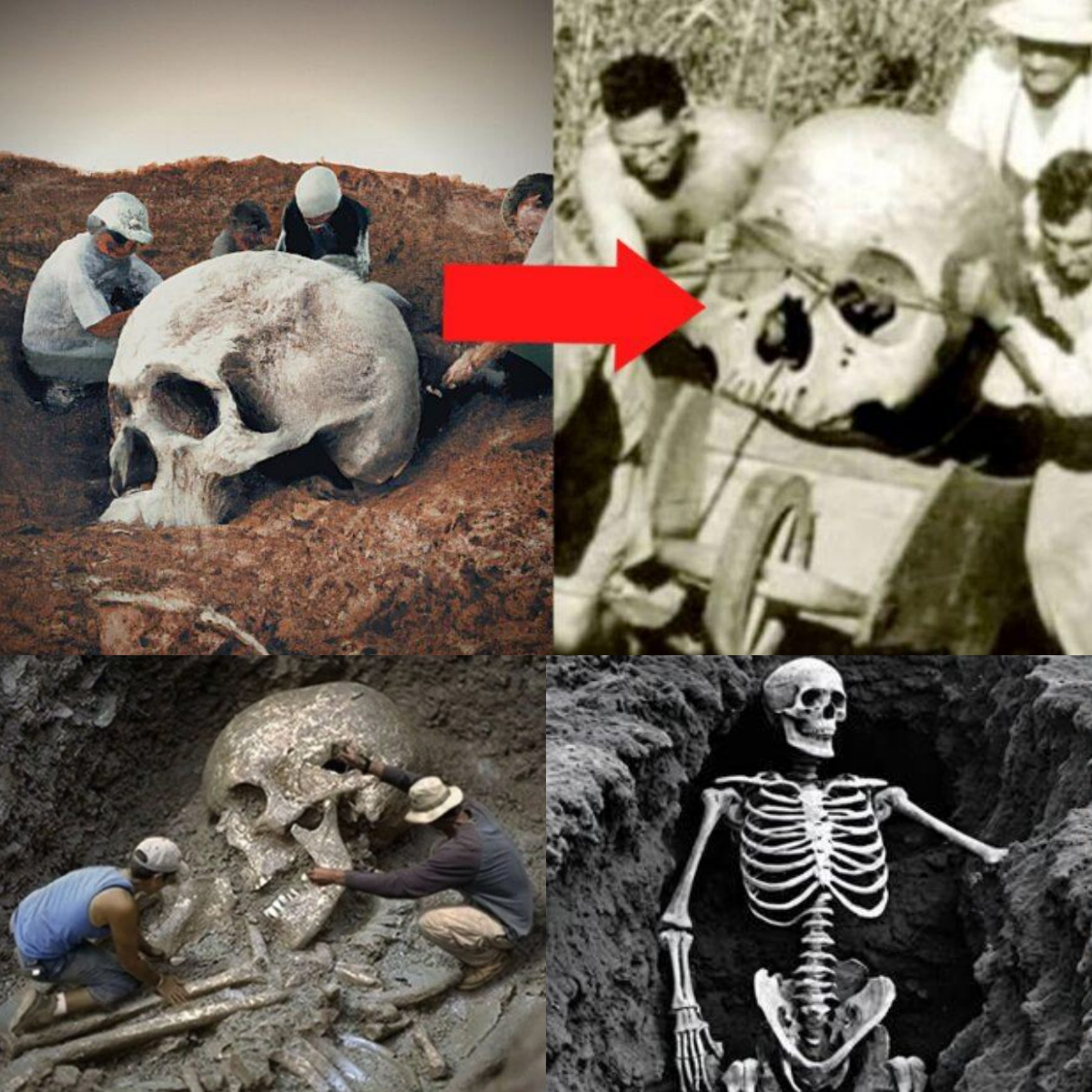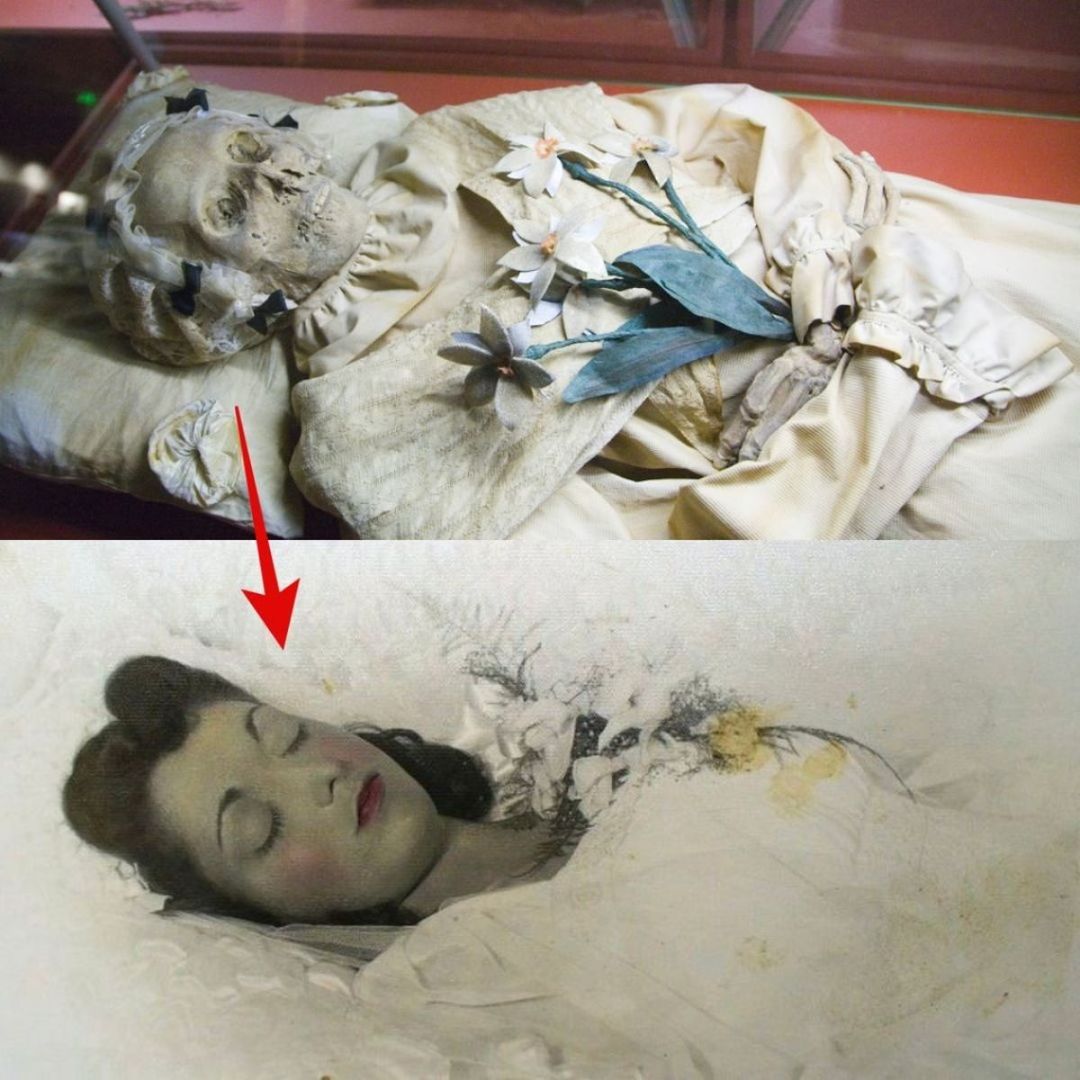
Amazons Before the Persian War

Before the Greco-Persian Wars and the introduction of Scythians, the first depiction of Amazons in Greek art was centered around shifting masculinity in Greek society. If a female appeared in a combative situation, this was a form of temporary masculinity, as combat was believed to be the province of men. But what if there were females who loved war and hunting just as much as men?
One may argue that the Amazons represented what the ancient Greeks thought might occur if women in Greek society were given a permanent masculine identity. The Amazons wore clothing that was considered masculine in order to express such a notion. Greek artists depicted Amazons wearing chitons, cuirasses, greaves, plumed helmets, hoplite shields, and carrying spears. Amazons would resemble Greek hoplites in appearance but would be depicted with white paint, as was common with women in black-figure amphora painting.
Amazons and the ‘Other’

The iconography of Amazons would shift throughout time, especially with the increasing cultural exchange between Greece and the outside world. This is where the “barbarian” Other comes in. The barbarian is a term that would represent the Other of Greek society: people from Asia Minor, Assyria, Persia, and beyond. Essentially anybody who was not Greek. Having diverged from the expectations of Greek society and believed to have been from the East, the Amazons took on the role of the ‘other’. Amazons would begin to represent archers whose image was modeled after the Scythians with whom the Greeks of the Black Sea were in contact. The Greeks and the nomads of the steppes would trade, coexist, and influence one another. However, even though scholars often regard Scythian women as inspiration for the Amazons, in Herodotus’ Histories (4.114), they dissociated themselves from Scythian women:
Get the latest articles delivered to your inbox
Sign up to our Free Weekly Newsletter
“We could not live with your women; for we and they do not have the same customs. We shoot the bow and throw the javelin and ride, but have never learned women’s work; and your women do none of the things of which we speak, but stay in their wagons and do women’s work, and do not go out hunting or anywhere else.”
It was rather Sauromatian women on horseback, wielding the bow and fighting alongside men that, according to Herodotus, the Scythians identified as Amazons or Oiorpata, killers of men. Similar to the children’s game of telephone, stories of these warrior women would spread from Scythia to Greek frontier colonies and eventually to the mainland of Attica. Knowing the supposed origin of the Amazons, artists would attempt to accurately depict Amazon attire, lifestyle, and prowess.

The costume is one of the primary identifying characteristics of Scythians, apart from their prey-predatory lifestyle and horsemanship. Scythians wore kendyr-made shirts along with thigh-length felt tunics that were often decorated with embroidery made up of leather and gold. Although archaeologists have discovered Scythian shirts and tunics, trousers are rarely found. Still, trousers appear on both Scythian artifacts and Greek amphorae. They appear to be manufactured from the same material as the tunics and are also heavily embroidered with leather and gold decorations.
The pointed cap, one of the most recognizable indicators of a Scythian in Greek vase painting, is not a design that often appears on Scythian metalwork. However, tall caps have been discovered in kurgans (tombs). Scythian hats were manufactured from felt and had flaps that were suspended over the neck. In Greek art, the outfits of the Amazons resemble what appears to be an interpretation of the Scythian cap and gold appliques on Scythian trousers and tunics.
Hunting and Combat

Commonly depicted in Scythian metalwork, hunting and combat were important parts of life. Hunting to Scythians was a display of skill, potential combat prowess, and a prime example of the prey-predator relationship men shared with beasts. Stags, felines, birds of prey, and mythical beasts in Scythian art would emphasize the interlocking tension of man versus nature, nature versus nature, and the brutality of survival.
Greeks would use the intensity of such Scythian lifestyle in their scenic representations of Amazons in art and literature. Of course, man versus nature was not a new concept in Greek art. There are many notable examples of Greek heroes facing off against fantastic beasts, such as Heracles versus the Nemean lion, Theseus versus the Minotaur, Bellerophon versus the Chimera, and many more. However, it is rare for an Amazon to make an appearance that is not defined by war or hunting.
Scythian Archers in the Athenian Army

According to the Greek orates Andocides and Aeschines, 300 Scythian archers were bought from Scythia as slaves by Athens after the battle of Salamis in 490 BCE. Cleaning the streets of drunkards and disorderly and arresting those disturbing the peace of Athens, Scythian archers were said to have served as an Athenian police force during the 5th century BCE. Literary evidence of Scythian archers serving as police in Athens mainly derives from Aristophanes, a 5th-century playwright of Greek comedy. Although comedies, the works of Aristophanes allow the functions of Scythian archers to be displayed. As of now, there is no archaeological record supporting the presence of Scythian archers in Athens. However, if Scythians were in service of Athens, that would help explain the evolution of Amazons in Athenian art and the more accurate adaptation of Scythian costumes that they displayed.
Horsemanship of Scythian Warriors

Scythians should not be mentioned without their horsemanship. The exact location and time when horse domestication began are unknown. However, it is believed to have begun in the Pontic-Caspian steppe during the fifth millennium. Horses were an integral part of the Scythians and their warrior society. Not only were horses used in combat, but they were sacrificed and deposited in the burial of the deceased. Horses, very much like the Scythians themselves, were warriors. Scythians would incorporate the importance of horses into their artifacts, art, and afterlife and would even decorate the horses themselves. Apart from using horses as warriors and weapons, Scythians would also use them for cattling, drawing carts, meat, and displaying their riding prowess. Due to its rocky and mountainous terrain, horseback combat was not suitable or common in Greece. As a result, horseback combat was viewed as a form of otherness. Eventually, Amazons in Greek art would be depicted on horseback, similar to Scythians and Sauromatians.
Amazons During the Persian War

Having lost the war against the united Greeks, the Persian king Xerxes — grandson to Cyrus the Great — would inspire a new change in the iconography of Amazons in Greek art. After the Greco-Persian Wars, the Scythian archers in black-figure painting would disappear. The female archer would begin to represent the people of the East as well as the differences between the Greeks and the barbarians of the East. Additionally, depicting the East as female was an attempt to feminize enemies and make them appear weaker.
With the replacement of black-figure painting and the shift to red-figure, the depiction of Amazons changed to reflect domestic issues. Amazons would be depicted similarly to common women: in longer chitons and armed with fewer weapons. Additionally, the Amazons would transition from carrying hoplite shields to crescent-shaped shields called pelta. The Amazons would thus resemble a combination of the East, Greek women, and Artemis, goddess of the hunt.
The Fate of the Amazons in Greek Art

Usually depicted unfavorably, the Amazons in Greek art generally appear wounded or on the verge of death. Why are Amazons represented like this? Living without men, battling like men, and opposing the aggression of men, Amazons were a direct threat to the patriarchal society of ancient Greeks. Furthermore, the rumors of an egalitarian society like the Scythian and the Sauromatian challenged the Greek way of life. What better way to suppress the wandering minds of women than have the strongest women in the ancient world be defeated at the hands of Greek heroes routinely? Though the tales of the Amazons are intriguing, Greek art reveals their darker purpose. Amazons functioned as a type of propaganda to reaffirm the Greek way of life by solidifying the power of men against women and barbarians.





